Back to Contents
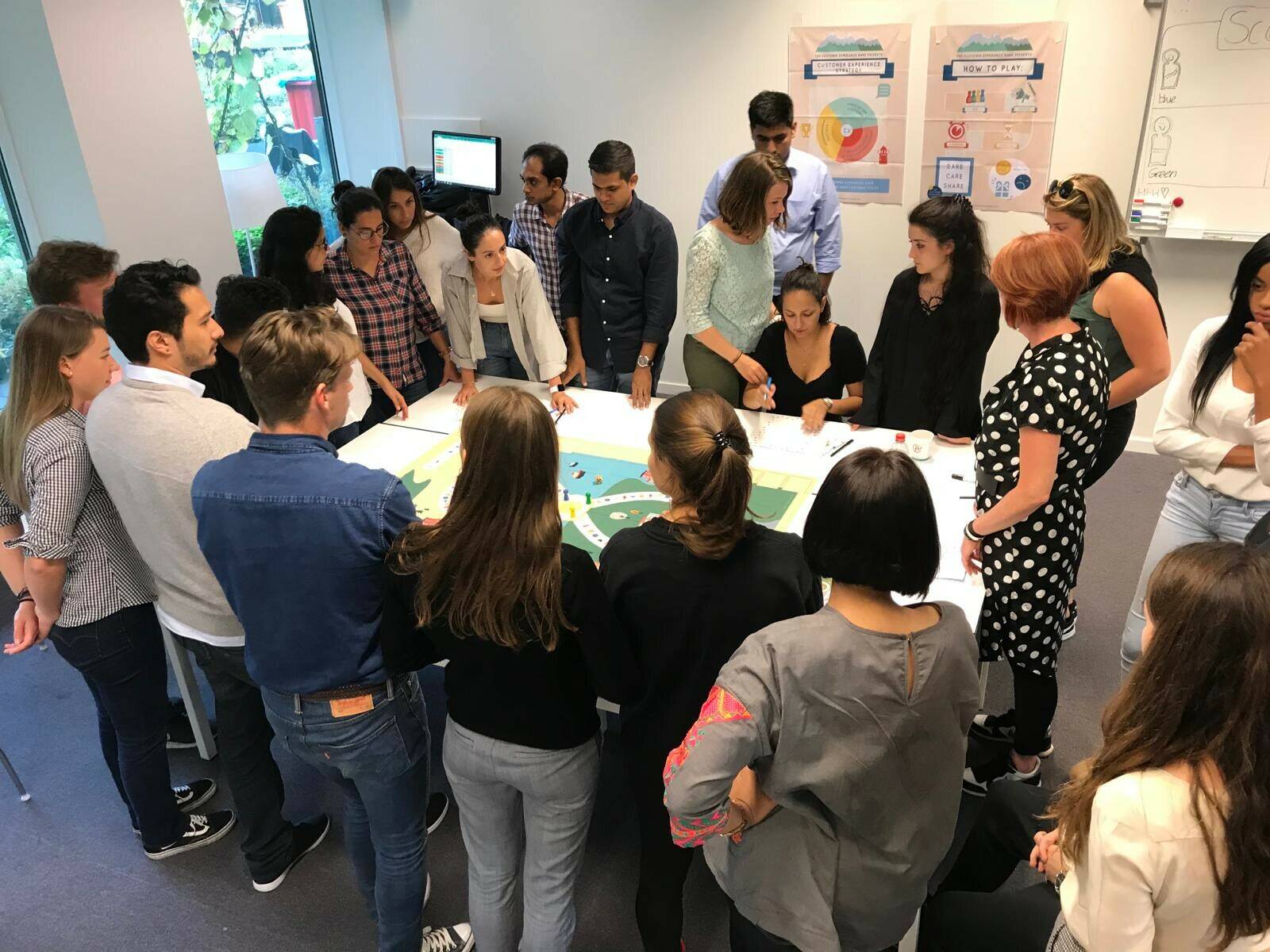
Read Standard
Panel Conclusion 2018
Didactic Concept MBA in International Hospitality Management
Industry/Professional pathway: Learning by doing in real life | Integrative pathway: | Conceptual pathway: Approaching real-life issues by using theories and models | Skills pathway: Training professional skills | Personal Development pathway: Monitoring development as a professional | |
|---|---|---|---|---|---|
Master Level | Applying the five professional competencies at a strategic level in real life organisations from different domains | Developing vision, strategy, and concepts for and realising change in organisations from different domains | Creating, synthesising and evaluating multidomain situations by using multiple theories and models | Training and optimising leadership skills | Towards autonomous learning, object of reflection is self |
Entry Level | Combining knowledge, skills & attitude at a management level in a real-life company | Creating new products/services and solving complex problems at strategic level | Approaching multidomain situations by using multiple theories and models | Training and optimising specific professional management skills | Self-directive learning process towards a career |
<----------------------------------- Diversity in the Programme -----------------------------------> | |||||
Milestones Completed
It engages and motivates students through relevant learning experiences for education, life and work
It empowers people to create value for society and deal with societal challenges
It stimulates innovation and the capacities to deal with exponential change
The different type of courses relate to so called learning pathways: in each block students follow a different combination of courses, focusing on practical skills and research, conceptual/essential knowledge, interdisciplinary and integrated approaches, industry and personal professional development.
Inspiring real-life assignments are used. In the course, theory is connected to professional situations and\or reality-based cases. This ensures the students are challenged to apply theory to inspiring and real-life situations.
Entrepreneurial learning is applied, being the development of entrepreneurial attitudes, skills and knowledge enabling the students to turn creative ideas into action. Entrepreneurship is not only related to economic activities and business creation, but more widely to creating value in all areas of life and society. Entrepreneurial learning serves the following purposes:
The didactic concept of the MBA curriculum is illustrated in the following overview:
The MBA programme focuses on being able to create organisations that offer excellent service in a sustained manner through its graduates. Vision, Strategy, Innovation, Change and Leadership form the focus of the Professional Competencies of the MBA. The educational vision of the MBA has not changed since the start and can be summarised in three pillars:
Hotelschool The Hague introduced the taxonomy of Significant Learning (Dee Fink, 2003) as the core of its educational framework. Looking at the special MBA environment, i.e. the dedicated small group of students, the intense group dynamics both in and outside the campus, the continuous encounters with the professional world, the teamwork throughout the year etc., the MBA team is convinced that without having explicitly applied it during the design of the programme, the MBA breathes the 6 dimensions of Dee Fink’s Taxonomy of Significant learning.
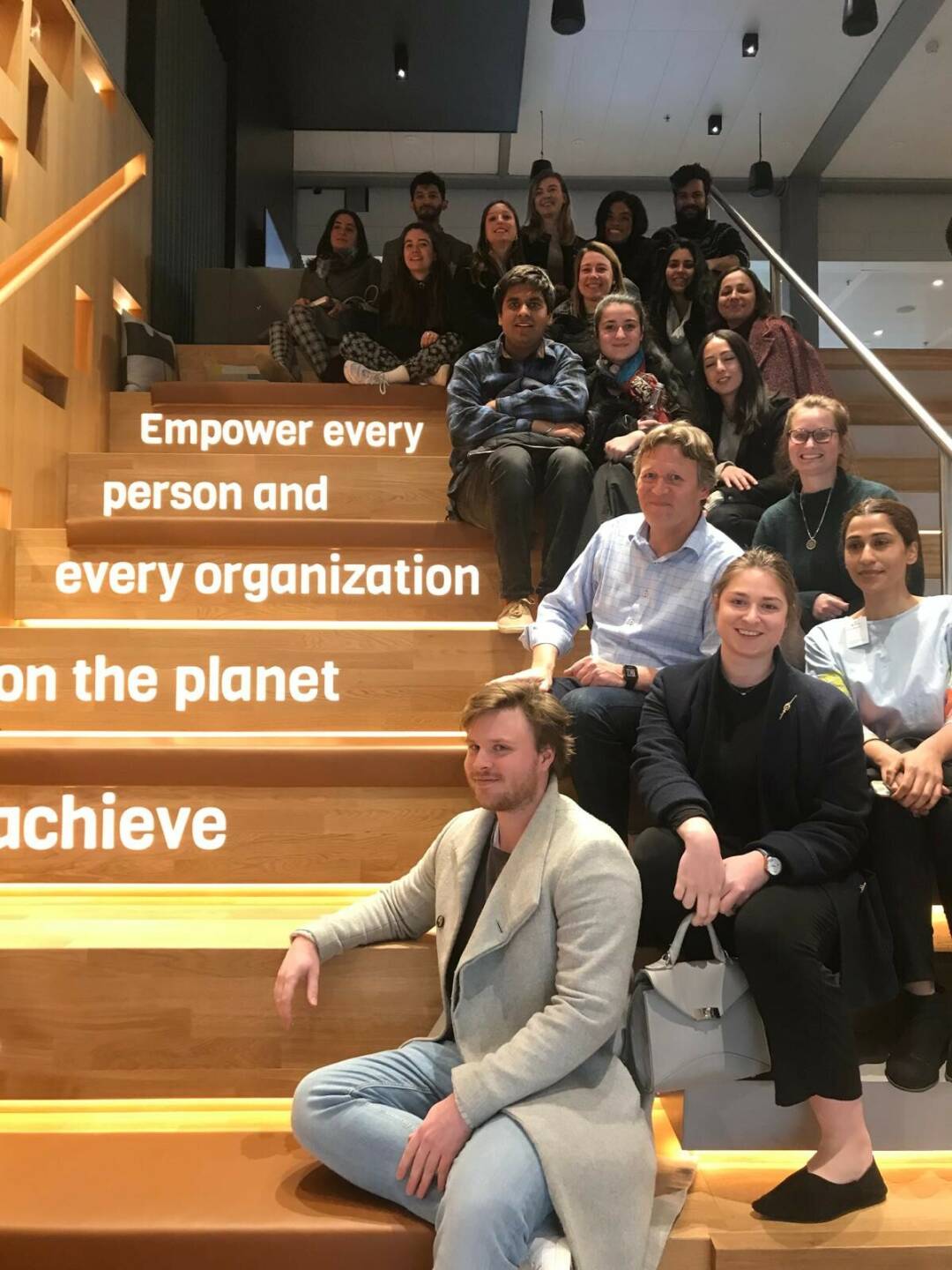
The current teaching methods used are strongly connected to the various types of courses and the lecturers involved, leading to a variety of teaching methods and formats, including, workshops, coaching sessions, flipped classroom student presentations, readiness assurance tests in the programme.
The strong relationship described between teaching methods, course types and lecturers is also visible in the flexible organisation of resits, when and where applicable. Although the Education and Exam Regulations (EER) determine the frequency of assessments and resits, within the MBA curriculum, the students have room, after consultation with programme management, to take resits when it suits them best – looking at their class schedule and study workload. This increases the quality of the learning process and therefore the continuity of the individual student progress and the group as a whole.
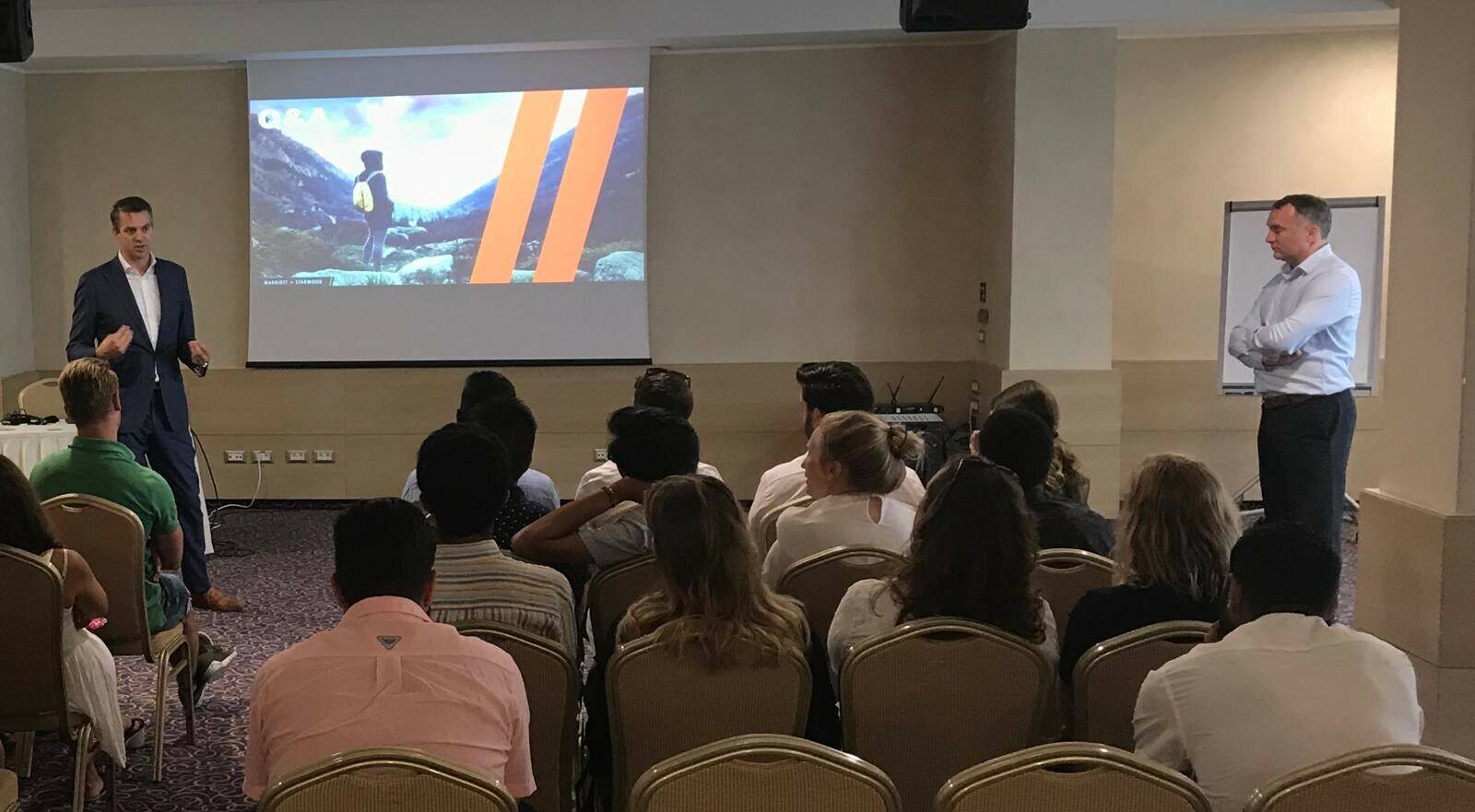

Back to top
Back to Contents

The didactic concept of the MBA curriculum is illustrated in the following overview:
It engages and motivates students through relevant learning experiences for education, life and work
It empowers people to create value for society and deal with societal challenges
It stimulates innovation and the capacities to deal with exponential change
The different type of courses relate to so called learning pathways: in each block students follow a different combination of courses, focusing on practical skills and research, conceptual/essential knowledge, interdisciplinary and integrated approaches, industry and personal professional development.
Inspiring real-life assignments are used. In the course, theory is connected to professional situations and\or reality-based cases. This ensures the students are challenged to apply theory to inspiring and real-life situations.
Entrepreneurial learning is applied, being the development of entrepreneurial attitudes, skills and knowledge enabling the students to turn creative ideas into action. Entrepreneurship is not only related to economic activities and business creation, but more widely to creating value in all areas of life and society. Entrepreneurial learning serves the following purposes:
The MBA programme focuses on being able to create organisations that offer excellent service in a sustained manner through its graduates. Vision, Strategy, Innovation, Change and Leadership form the focus of the Professional Competencies of the MBA. The educational vision of the MBA has not changed since the start and can be summarised in three pillars:
Milestones Completed
Scroll
Industry/Professional pathway: Learning by doing in real life | Integrative pathway: | Conceptual pathway: Approaching real-life issues by using theories and models | Skills pathway: Training professional skills | Personal Development pathway: Monitoring development as a professional | |
|---|---|---|---|---|---|
Master Level | Applying the five professional competencies at a strategic level in real life organisations from different domains | Developing vision, strategy, and concepts for and realising change in organisations from different domains | Creating, synthesising and evaluating multidomain situations by using multiple theories and models | Training and optimising leadership skills | Towards autonomous learning, object of reflection is self |
Entry Level | Combining knowledge, skills & attitude at a management level in a real-life company | Creating new products/services and solving complex problems at strategic level | Approaching multidomain situations by using multiple theories and models | Training and optimising specific professional management skills | Self-directive learning process towards a career |
<----------------------------------- Diversity in the Programme -----------------------------------> | |||||
Didactic Concept MBA in International Hospitality Management
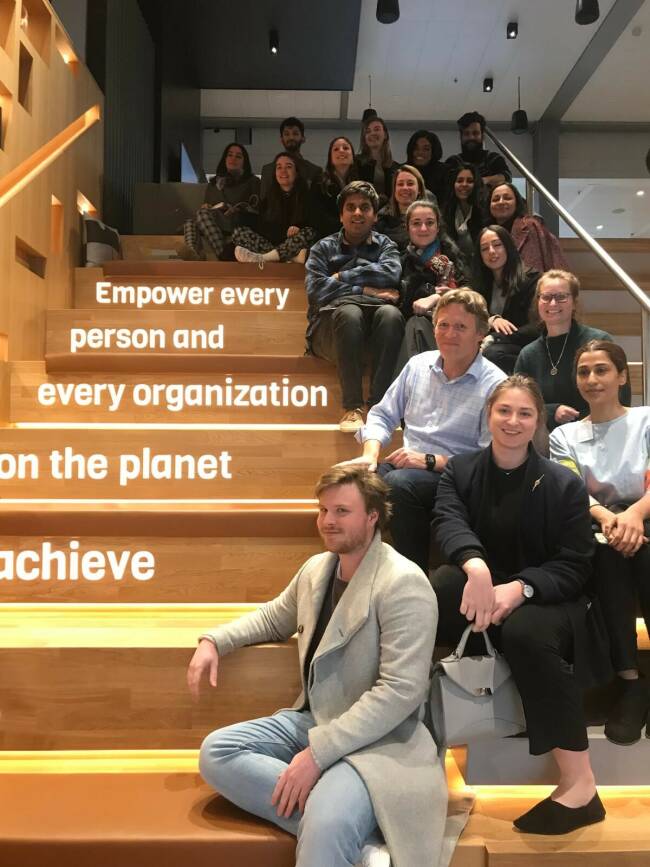
Hotelschool The Hague introduced the taxonomy of Significant Learning (Dee Fink, 2003) as the core of its educational framework. Looking at the special MBA environment, i.e. the dedicated small group of students, the intense group dynamics both in and outside the campus, the continuous encounters with the professional world, the teamwork throughout the year etc., the MBA team is convinced that without having explicitly applied it during the design of the programme, the MBA breathes the 6 dimensions of Dee Fink’s Taxonomy of Significant learning.
The current teaching methods used are strongly connected to the various types of courses and the lecturers involved, leading to a variety of teaching methods and formats, including, workshops, coaching sessions, flipped classroom student presentations, readiness assurance tests in the programme.
The strong relationship described between teaching methods, course types and lecturers is also visible in the flexible organisation of resits, when and where applicable. Although the Education and Exam Regulations (EER) determine the frequency of assessments and resits, within the MBA curriculum, the students have room, after consultation with programme management, to take resits when it suits them best – looking at their class schedule and study workload. This increases the quality of the learning process and therefore the continuity of the individual student progress and the group as a whole.
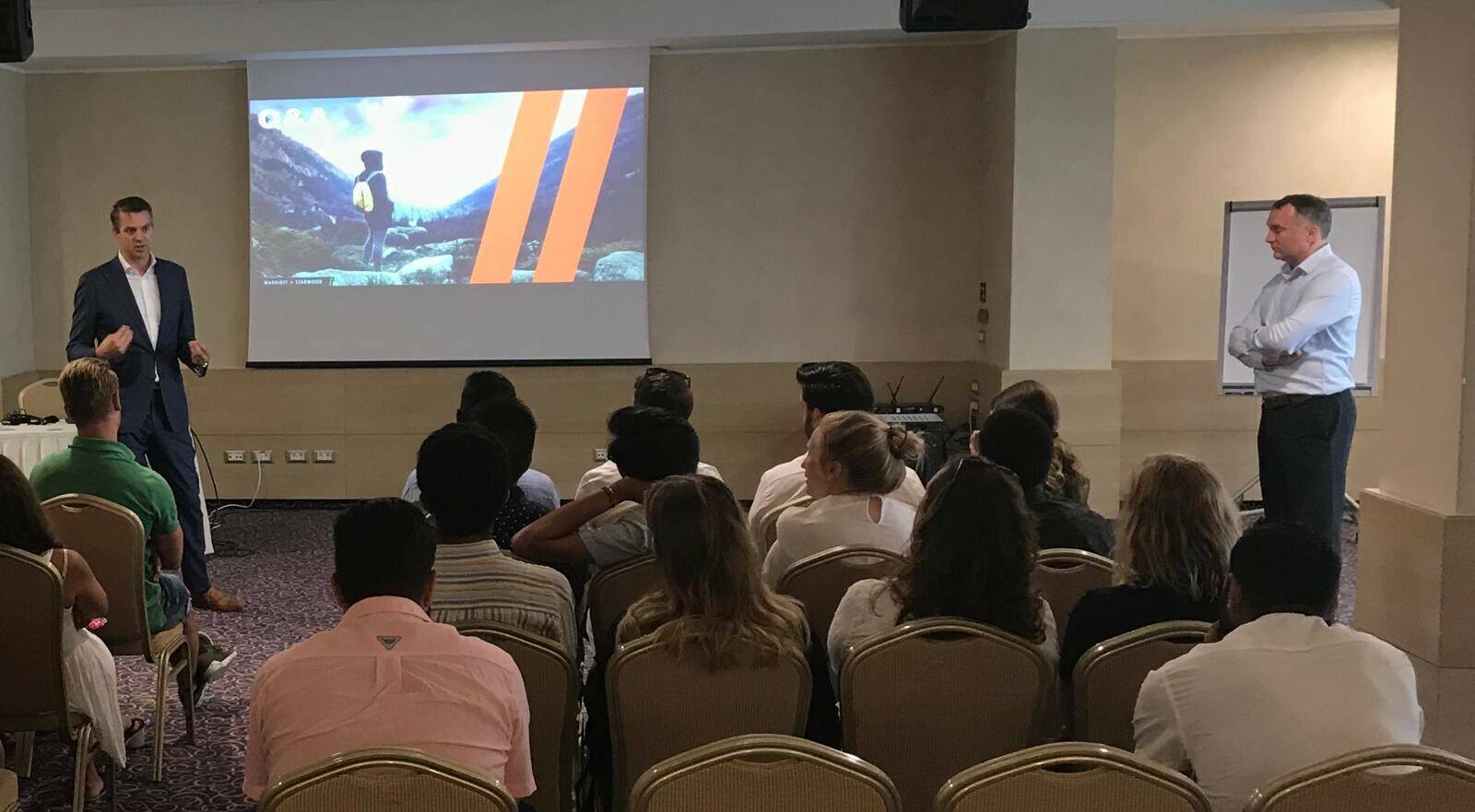
Panel Conclusion 2018
Standard 4: Curriculum Learning Environment
The didactic approach in the master programme is similar to the one in the bachelor programme. The maximum intake of 25 students guarantees close interaction among students and between students and lecturers. Lecturers use a wide range of interactive teaching methods, aligned with the type of course and the subject matter.

Back to top
